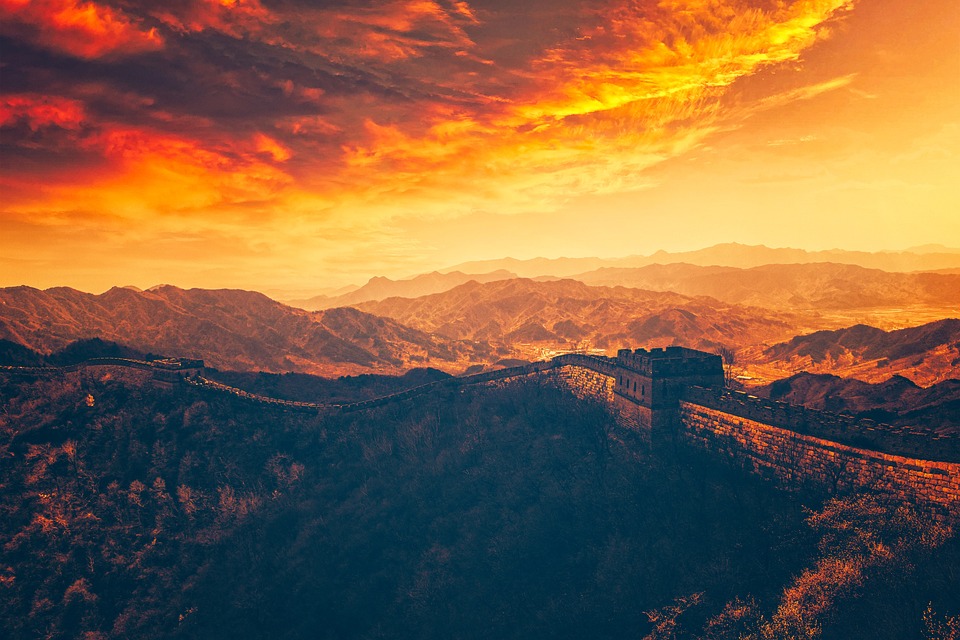Title: The Empire’s Rise: Shocking Origins and Beginnings of New York City
New York City, known as the city that never sleeps, holds a rich and vibrant history. This sprawling metropolis emerged from humble beginnings to become the bustling metropolis it is today. This article delves into the shocking origins and early beginnings of this world-famous city, unraveling the tapestry of diverse cultures, monumental events, and profound transformations that paved the path to its rise.
Before the Empire: Native American and Dutch Settler Interactions
Prior to European settlement, the region now known as New York City had long been occupied by various Native American tribes, predominantly the Lenape people. These tribes interacted with different European explorations, such as those of Giovanni da Verrazano and Henry Hudson.
In the early 17th century, New Amsterdam was established by the Dutch West India Company, serving as the seat of the colony of New Netherland. The Dutch exploited their commanding position over the lucrative fur trade, compelling the Lenape to sell their precious pelts for goods and weapons.
The English Era: A New Beginning
In 1664, the sudden appearance of four warships under the English flag off Staten Island caused shockwaves in the colony. The Dutch Governor, Peter Stuyvesant, was offered favorable terms for surrender, as the document famously stated, "Those who desire to remain in the town shall have their possessions remain undisturbed." With no other choice, the Dutch surrendered New Amsterdam, marking the beginning of the English-controlled era. Quickly renamed to "New York," the city flourished as a hub of commerce, immigration, and cultural exchange.
Urbanization and Growth: From 18th to the 19th Century
During the 18th century, as the tides of war and politics swirled around, New York City continued to grow and evolve. It was a hub for smuggling, diplomacy, and diverse populations. Following the American Revolution, New York City took over from Philadelphia as the capital of the United States, an ultimate testament to its importance and prominence.
The 19th century saw an explosion of urbanization and growth. The opening of the Erie Canal in 1825 connected New York City to the Great Lakes region and accelerated trade. New York’s port quickly became one of the busiest in the world, welcoming millions of immigrants who were looking for new opportunities in America.
Industrialization: Birth of the Modern New York City
The rapid growth of industries throughout the 19th century altered the fabric of New York City more than ever before. The construction of the High Bridge, the city’s first lift bridge, and the establishment of the New York Stock Exchange in 1817 would shape the city’s architecture and business landscape. The year 1886 brought a marvel of architecture, the Statue of Liberty, from France as a gift to the United States.
FAQs Section
Q1: How did the Lenape contribute to the early economy of New York City?
A1: The Lenape people played a vital role in the early economy of New York City primarily by participating in the fur trade. Native American tribes provided European settlers with pelts for exchanging goods like guns, pots, and blankets.
Q2: What historical event transformed New Amsterdam into New York City?
A2: The surrend of New Amsterdam to the English in 1664 transformed the city into New York, as it was named in commemoration of the Duke of York.
Q3: How did the Erie Canal contribute to the growth of New York City?
A3: The Erie Canal, opened in 1825, established New York City as a major hub of trade and commerce by facilitating the movement of goods between the Midwest and the Atlantic coast. This increase in trade ushered in an era of prosperity and rapid urban growth.
Q4: What architectural marvels were erected during New York City’s heyday in the late 19th century?
A4: The late 19th century witnessed the construction of several iconic architectural marvels in New York City, including the Brooklyn Bridge, the Metropolitan Museum of Art, and the Statue of Liberty.
From its early origins to its explosive rise, New York City’s story is interwoven with the dreams, setbacks, and triumphs of its inhabitants. Its past is marked by tales of native tribes, fierce battles for control, bustling commerce, and architectural wonders. As we walk the streets of New York City today, we stroll through a rich tapestry of history that will continue to surprise and fascinate.



